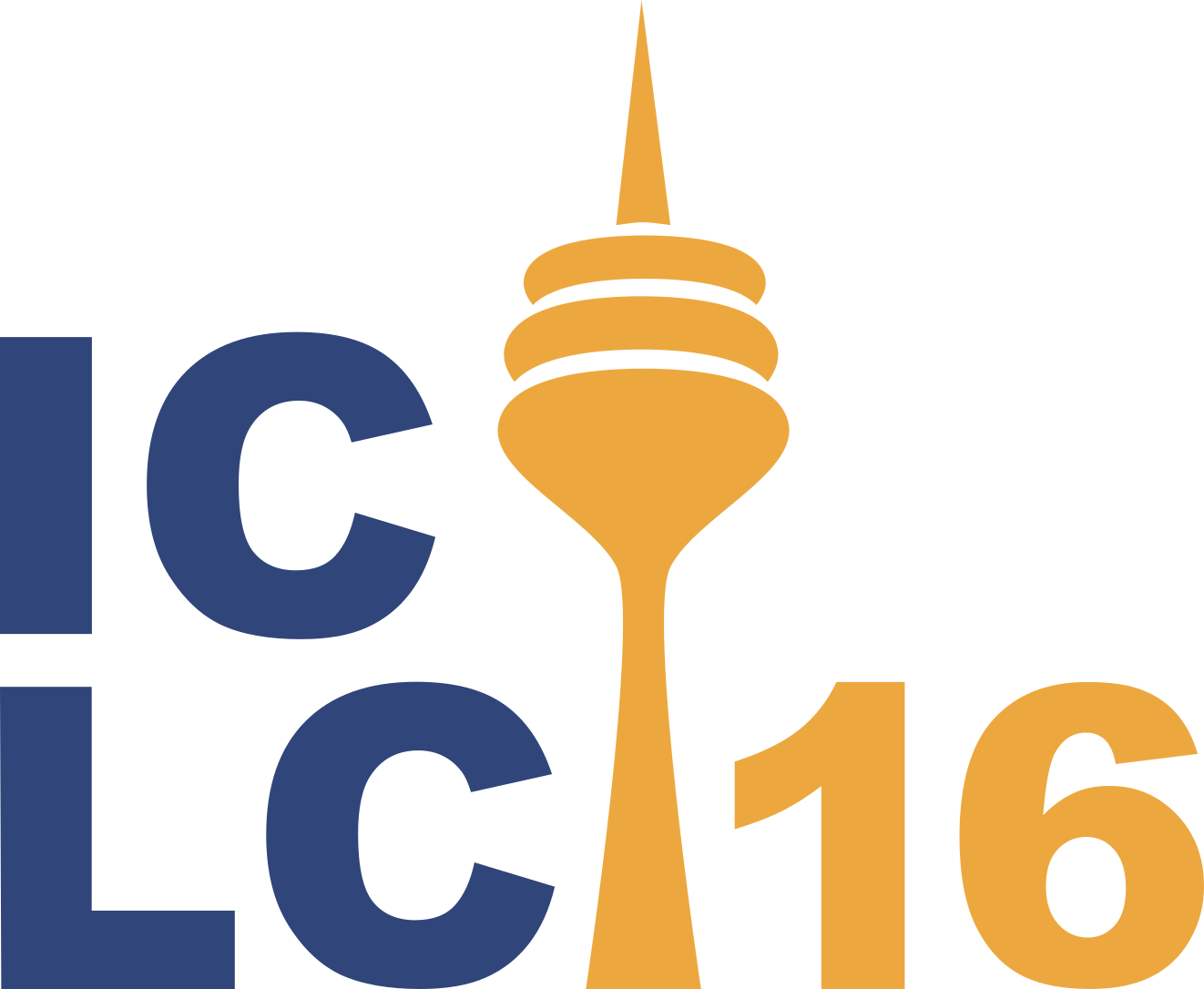Karin Madlener-Charpentier, Elsa Liste Lamas
Cross-linguistic variation is well documented in the spatial language domain (Slobin 2004). Language-specific encoding preferences have been described in terms of lexicalization or conceptualization patterns (Talmy 1985; Treffers-Daller/Tidball 2016) and degrees of manner/path salience (Slobin 2004). For spontaneous motion, a major distinction is typically made between verb-framed (V) and satellite-framed (S) languages (Talmy 1985). In V-languages, path is expressed in the main verb, whereas manner is only expressed if highly salient; V- languages have smaller lexicons of manner-of-motion verbs (Slobin, 2004) and V-language speakers encode manner of motion less frequently than users of S-languages (Treffers-Daller/Tidball 2016). In S-languages, the root of the finite verb typically (although not necessarily) encodes manner of motion, while path is expressed in different types of satellites, e.g., directional adverbs, verbal prefixes/particles, prepositional phrases (Madlener-Charpentier/Liste Lamas 2022), with more than one satellite being possibly attached to one motion verb, resulting in complex/dense path descriptions (Zlatev et al. 2021).
More detailed research has shown substantial amounts of intra-typological and language-internal variation (e.g., Hijazo-Gascón 2020; Pavlenko/Volynsky 2015; Lewandowski 2020). The distinction between V- and S- languages is thus not categorical; rather, languages can be situated, on a cline between “typical” V-languages and “typical” S-languages (Slobin 2004). The main categories of analysis can also be applied to other spatial constructions, e.g., caused motion (e.g., Harr/Hickmann 2016), fictive motion; further links can be established with neighboring constructions (e.g., resultatives, cf. Gallez 2020).
In language acquisition, the language(s) speakers are growing into early in their life shape(s) these speakers’ information processing routine and their attention to particular components of event construal (Slobin, 1996). Children have been shown to respect and apply the main lexicalization patterns for localization and motion of their L1 from early on (cf. Harr/Hickmann 2016). Processing routines established and entrenched in the L1 may be difficult to restructure when learning additional languages (L2) later in life. Speakers of V-languages learning an S-framed L2 may thus struggle with adapting to higher degrees of manner salience (De Knop/Gallez 2011). This theme session discusses research in the domain of motion event encoding from a cognitive linguistic, constructionist, or usage-based perspective. It brings together research investigating (1) language-specific patterns and constructions (spontaneous, caused, and fictive motion), including gesture, (2) typological and cross-linguistic variation (with respect to information packaging/focus/locus, constructional preferences/variability, …), (3) the acquisition of constructional patterns in first, bilingual, and second/foreign languages, including cross-linguistic influences in language and cognition, and implications for teaching.
De Knop, S. & Gallez, F. (2011). Manner of motion: A privileged dimension of German expressions. Journal of Cognitive Linguistics 2 (1), 25–40.
Gallez, F. (2020). Eine konstruktionelle Untersuchung deutscher Motion-Konstruktionen mit Partikelverben und deren Alternativen mit Präpositionalphrasen – durch-, ein- und weg-Konstruktionen im Vergleich. Dissertationsschrift (Manuskript): Université Saint-Louis – Bruxelles.
Harr, A.-K. & Hickmann,M. (2016). Static and dynamic location in French and German child language. In P. Guijarro-Fuentes, K. Schmitz, and N. Müller (Eds.), The Acquisition of French in Multilingual Contexts. Bristol: Multilingual Matters, 118–144.
Hijazo-Gascón, A. (2020). Moving Across Languages. Motion Events in Spanish as a Second Language. Berlin/Boston: de Gruyter.
Lewandowski, W. (2020). Variable motion event encoding within languages and language types: a usage-based perspective. Language and Cognition 13, 1–32.
Madlener-Charpentier, K. & Liste Lamas, E. (2022). Path Under Construction: Challenges Beyond S-Framed Motion Event Construal in L2 German. Frontiers in Communication 7:859714.
Pavlenko, A. & Volynsky, M. (2015). Motion encoding in Russian and english: moving beyond talmy’s typology. Modern Language Journal 99 (Supplement), 32–48.
Slobin, D. I. (2004). The many ways to search for a frog. Linguistic typology and the expression of motion events. In S. Strömqvist and L. Verhoeven (Eds.), Relating Events in Narrative Volume 2: Typological and Contextual Perspectives. Mahwah: Lawrence Erlbaum, 219–257.
Talmy, L. (1985). Lexicalization patterns. Semantic structure in lexical forms. In T. Shopen (Ed.), Language Typology and Syntactic Description: Grammatical Categories and the Lexicon. Cambridge: Cambridge University Press, 57–149.
Treffers-Daller, J., and Tidball, F. (2016). Can L2 learners learn new ways to conceptualize events? A new approach to restructuring in motion event construal. In P. Guijarro-Fuentes, K. Schmitz & N. Müller (Eds.), The Acquisition of French in Multilingual Contexts. Bristol: Multilingual Matters, 145–184.
Zlatev, J., Blomberg, J., Devylder, S., Naidu, V. & van de Weijer, J. (2021). Motion event descriptions in Swedish, French, Thai and Telugu: a study in post-Talmian motion event typology. Acta Linguistica Hafniensia 3, 58–90.
